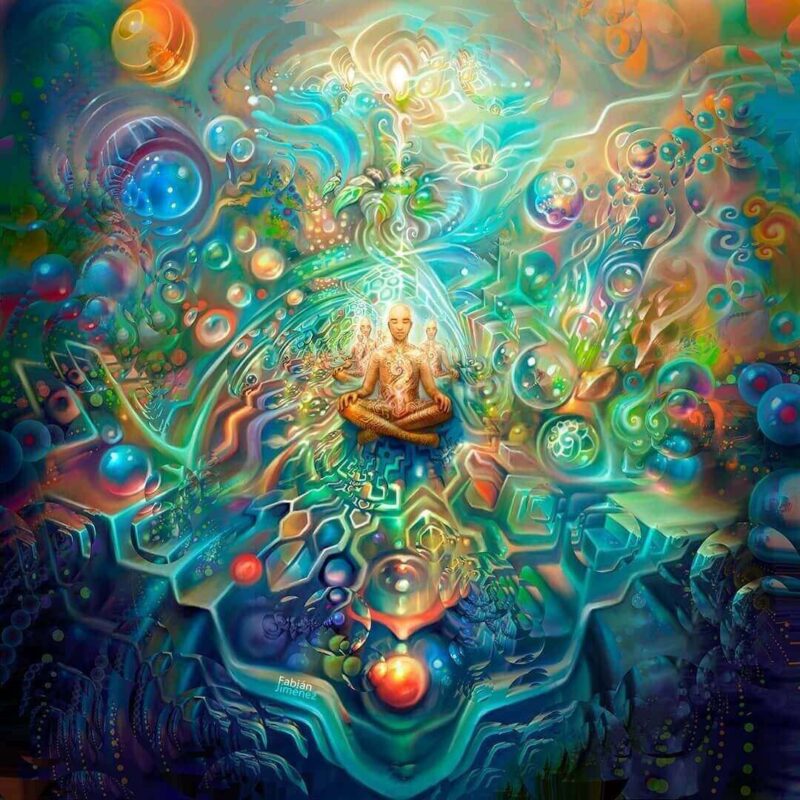Uncategorized
What are Psychedelic Drugs? How to Use them
For centuries, certain plants have been used in religious ceremonies, but momentum has only recently been building to adopt them for medicinal purposes in Western cultures. Enthusiasm in the 1950s and ’60s led to robust research into drugs like LSD, otherwise known as acid, and the effects of psychedelics. Though much of that enthusiasm was quashed by the Controlled Substances Act of 1970, studies and trials have rebounded, leading many researchers to proclaim the arrival of a “psychedelic renaissance.”
Broadly speaking, psychedelics is an umbrella term that refers to several psychoactive drugs, also deemed hallucinogens. Some, like psilocybin, mescaline and ibogaine, occur naturally in mushrooms, cactus and iboga root, respectively. Others, like chemical compounds LSD and MDMA, also known as “ecstasy” or “molly,” originated in laboratories.
While there is sometimes debate about exactly which drugs classify as psychedelics, Berkeley’s Center for the Science of Psychedelics distinguishes between “classic” and “non-classic psychedelics” based on how each interacts with the brain.
Classic psychedelics affect serotonin 2A receptors in the brain and the central nervous system, causing sensitivity to touch, light and sound, as well as visualizations and an altered perception of time. Examples include ayahuasca, DMT, 5-meO-DMT, LSD, psilocybin and mescaline. Experiences using these substances, also called trips or journeys, have been widely portrayed in movies and media, often in association with the psychedelia of the 1960s.
While non-classical psychedelics may produce similar physical and visual effects, they do not interact as prominently, if at all, with serotonin 2A receptors. Instead, these substances affect other neurotransmitter systems, including dopamine and glutamate. Examples include MDMA, ketamine (also known as special K) and ibogaine.
How do psychedelics work?
According to the UC Berkeley Center for the Science of Psychedelics, some research suggests that classic psychedelics can help temporarily rewire the brain and promote neuroplasticity, meaning the growth of new neural networks, by increasing and strengthening those connections. Often that means parts of the brain that don’t typically communicate appear able to transfer data while under the influence.
What’s significant about this, according to the nonprofit Beckley Foundation, which has been researching psychedelics since 1988, is that many of those stimulated areas of the brain are part of the default mode network, which neurologically “polices the amount of sensory information that enters our sphere of awareness.” That includes the sense of self or the ego.
Some substances suppress the default mode network allowing for free-flowing communication between previously segregated parts of the brain. Anecdotally, many participants in drug trials recall gaining new perspectives on behaviors or traumatic events.
That is, in part, why researchers see such promise in using psychedelics to treat conditions such as addiction, PTSD and more.
Studies by Johns Hopkins University found psilocybin, specifically, can decrease end-of-life anxiety among cancer patients, help longtime smokers kick a nicotine addiction, and reduce depression symptoms. Additionally, Colorado regulators are considering fast-tracking the use of ibogaine in the regulated therapy system for its potential in treating opioid addiction.
It is worth noting, however, that many of the aforementioned studies were done in small groups, with some including as few as 14 people. And there are still risks associated with ingesting psychedelics, from anxiety and hallucinations to circumstances that prove fatal. (For example, the William G. Nash Foundation honors its namesake 21-year-old who died not because of drug toxicity, but because he asphyxiated on protein powder while under the influence.)
When Colorado voters approved Prop 122, which legalized medicinal psilocybin, they also changed the law to decriminalize five substances—psilocybin, psilocin, DMT, ibogaine, and mescaline—meaning it is no longer illegal to possess, use, grow or share a personal amount. The state legislature clarified “personal amount” as a 12-foot by 12-foot grow area on private property.
Before using psychedelics, experts advocate considering the set and setting, or personal mindset and environment, in which you plan to do so.
How do people use psychedelics?
Most plant-based psychedelics maintain centuries-long roots in indigenous cultures that use them as spiritual sacraments. The Aztecs, for example, referred to psilocybin as teonanácatl, meaning “sacred mushroom” or “God’s flesh.”
The potent mushrooms were only introduced to Western society after Mazatec shaman María Sabina invited writer R. Gordon Wasson to a ritual ceremony in Mexico that he later recounted in Life magazine in 1957. Wasson is credited with coining the term “magic mushroom” and causing a barrage of tourists to travel to Mexico in search of their own psychedelic experiences. (María Sabina, for her part, was shunned by her community for commercializing the sacred medicine.)
Despite the deluge of studies, most people using psychedelics are doing so outside the clinical context. According to one analysis by Columbia University’s Mailman School of Public Health, more than 5.5 million Americans used hallucinogens in 2019, suggesting far more experimentation is happening beyond the research sector.
Ken Jordan, co-founder and CEO of Lucid News, which covers the emerging psychedelics industry, said even in clinical environments patients cite their trips among the most profound events of their lives. He believes many people seek similar experiences without a mental health diagnosis and in settings perceived as fun or recreational, or for enlightenment.
“There’s an unacknowledged market for psychedelics outside of both the medical and the religious framework that are being widely discussed within the movement where most of the action is actually happening,” he said.
As the second U.S. state to legalize psilocybin therapy, Colorado is helping blaze a trail legislators in other states appear poised to follow. Oregon voters approved medicinal psilocybin in 2020 and the first licensed service centers opened this year.

